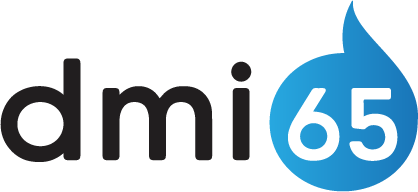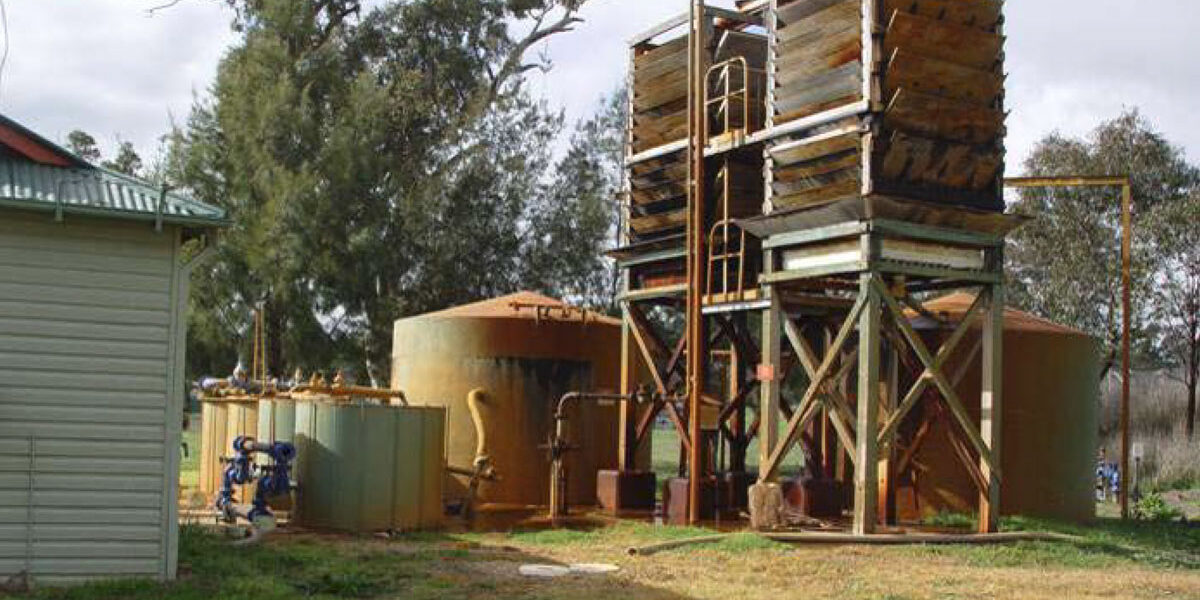This paper covers the upgrade (for Iron & Manganese Removal) to the Water Treatment Plant at Tarcutta village located on the Hume highway between Sydney and Melbourne.
The upgrade was necessary to achieve removal of soluble iron and manganese from the source water prior to chlorination of the village supply. The paper will essentially focus on the process which we went through to find suitable technologies for this removal.
KEY WORDS: DAF, Deferum, Polymer Floating Filter Media, catalytic.
Tarcutta is a small village with a population of around 350 located on the Hume Highway approximately 400 km’s south of Sydney. The village is supplied with “potable” water
from two bores both of which contain high levels of soluble iron and manganese. The original Tarcutta Treatment Plant was built in 1949 and apart from some minor upgrades had essentially remained unchanged. The plant is visited three times per week by an operator to undertake routine tasks which includes backwashing of the filters.
Plant capacity is 6 litres/second maximum output and backwash water consumes around 120 Kl per week, this is discharged to the table drain in front of the plant and then into
Tarcutta creek.
One bore is located within the treatment plant yard with the other being several hundred metres south beside the creek. Iron levels entering the treatment plant range from around 15mg/L to 25 mg/L and manganese levels are stable at 0.5 to 0.6 mg/L. Prior to the upgrade treatment included aeration followed by contact time and then sand
filtration. The village water had not previously been chlorinated and the residents were generally very happy with the unchlorinated supply. Figure 1 shows a picture of the plant prior to commencing any work.
Following are the main reasons for undertaking the upgrade.
• Commence disinfection.
• Manganese removal.
• Decommission old inefficient filters and aeration towers.
• Replace ageing infrastructure.
• Discharge wastewater to a suitable source.
• Reduce iron solids loading on the existing filters.
More information is available on the project at Water Industry Operators Association of Australia (WIOA)















